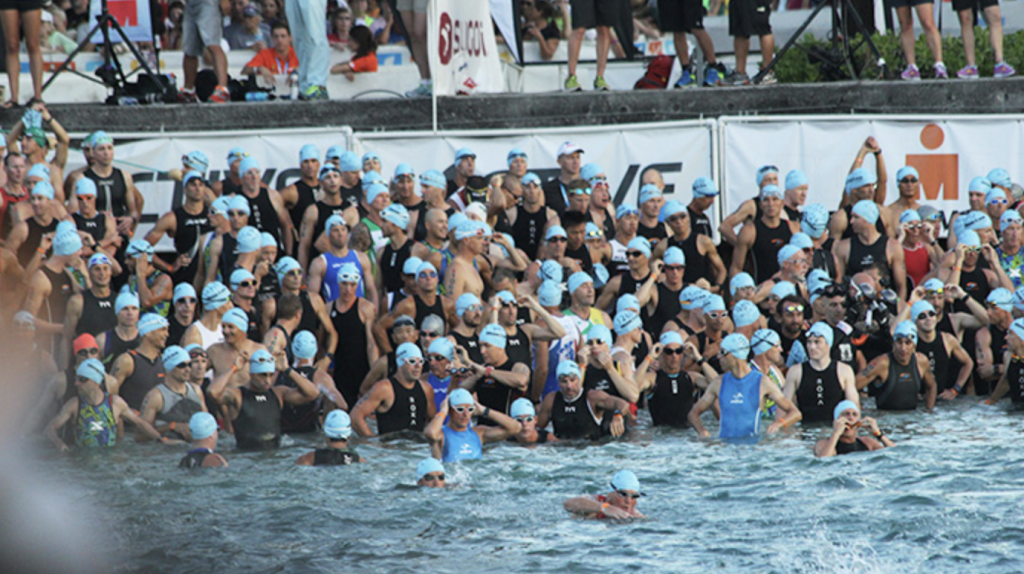We take a detailed look at the weather forecast for Kona 2023!
The Ironman World Championships in Kona, Hawaii, represent a pinnacle in the world of ultra endurance sports, marked by distinct challenges related to wind, aerodynamics, heat, and weather. Kona is no ordinary Ironman and conquering the conditions is as big a part of the ultimate outcome as conquering the race distance.
Held annually in October, the event draws elite triathletes who have qualified through a series of global races. Kona serves as an unforgiving testing ground due to its challenging natural conditions. This year, Kona is made more special by being the women’s championships – age group and professional women will take on the island alone for the first time!

The swimming times for women in the Ironman World Championships in Kona can vary widely. The 2.4-mile (3.86 kilometres) swim portion of the race typically takes competitive participants anywhere from around 50 minutes to 1 hour and 20 minutes. Elite professional female triathletes who compete in Kona can complete the swim in the faster end of this range, often finishing in approximately 50 to 60 minutes.

Following the swim, competitors run through transition to the bike, covering 112 miles through the island’s somewhat varied terrain. The Queen Ka’ahumanu Highway (Queen-K) exposes cyclists to fierce head and cross winds, significantly impacting their aerodynamics and kit selection. Disc wheels are banned in Kona due to the wind conditions, Ironman clearly not aware that a 90mm front wheel is much twitchier in crosswinds than a disc…
The 26.2-mile run through lava fields and Kailua-Kona, presents an additional set of challenges. The Big Island’s high temperatures and relentless sun introduce a critical element of heat. Athletes grapple with maintaining hydration and minimising heat-induced fatigue, going too hard on the bike could come back to bite you. The Energy Lab section is notorious for its extreme heat, which has seen the end of many a world title challenge.
The weather
We are now on Wednesday at the time of writing and with the race taking place on Saturday we are probably close enough for a decent weather forecast. Let’s take a look at the wind in Kona!

The BBC weather report also looks similarly mild. Generally speaking, real feel possibly won’t even breach 30 degrees which is relatively rate for races in Kona where heat is usually a huge factor. The temperature and humidity combination is still sufficient to induce overheating in an athlete that has not paced well but it should allow a greater degree in the flexibility of pacing strategies – something athletes might need if they wish to follow Taylor Knibb’s pace on the bike.
Will we see a course record?
All of this points to conditions being relatively fast, and with the best female pro field ever assembled (in my opinion), the racing will be red hot too. The course record sits at 8:26 and was set by Daniella Ryf who is racing on Saturday. Personally, having looked at the data, the field and the weather I think we will see a number of women under 8:30, probably the entire podium at a minimum but there are a number of athletes very closely matched. It doesn’t seem impossible to me based on the wImpact scores on the bike and run that we could see a time under 8:20 win the race – a time that would have beaten Jan Frodeno in 2014!
Partially, this is due to the change in bike tech we’ve seen in the past decade as well as the calendar change leading to lower winds experienced in the past couple of years.
If you want to experience the course preview in a bit more detail – check out myWindsock here to load up your own forecast.




 UK Time Trial Events
UK Time Trial Events